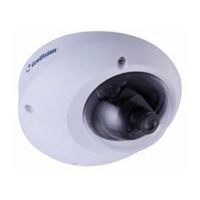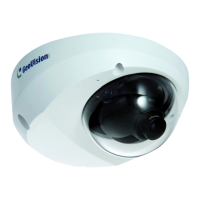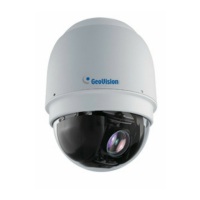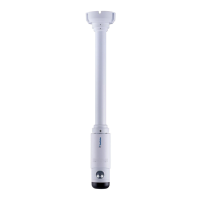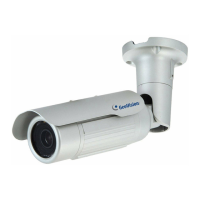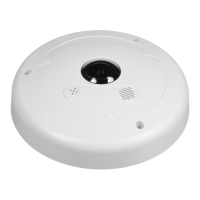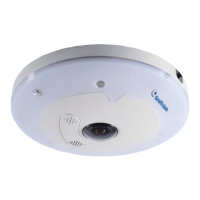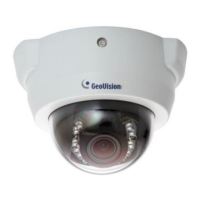Do you have a question about the GeoVision GV-MFD110 and is the answer not in the manual?
| Model | GV-MFD110 |
|---|---|
| Sensor Type | CMOS |
| Lens Type | Fixed |
| Day/Night | Yes |
| Audio | No |
| Video Compression | H.264 |
| Frame Rate | 30 fps |
| Protocols | HTTP, TCP, UDP, SMTP, FTP, DHCP, NTP, DDNS, RTP, RTSP, PPPoE, UPnP |
| Operating Temperature | 0 ~ 50 °C / 32 ~ 122 °F |
| Dimensions | 3.85 x 2.11 in |

